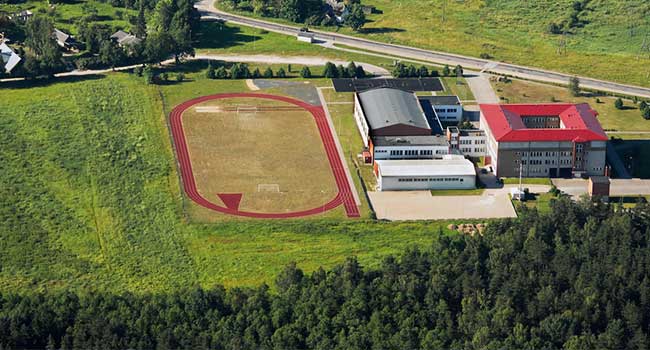
Charlotte Schools See New Plan for Campus Safety
Charlotte-Mecklenburg Schools plan to make schools safer in the aftermath of mass shootings.
- By Sydny Shepard
- October 18, 2018
The climate of today's news has made school districts across the country think twice about the policies, procedures and security measures they have deployed on their campuses. For Charlotte-Mecklenburg Schools, $9.2 million is being funneled to the district to address school security and how to improve the overall security of the campuses.
Mecklenburg county commissioners had approved plan this past summer, but held half the money until they received details. This week, Superintendent Clayton Wilcox outlined the items of the campus security plan.
- A panic alarm card system that will let individual employees send signals ranging from a student fight, which would summon school administrators, to an active shooter, which would alert emergency responders.
- Classroom cameras that can provide detailed, real-time information to police in case of an attack.
- Digital video cameras that will replace analog video to provide clearer coverage and monitor more areas including the exterior areas such as playgrounds.
- New "limited fencing" at some high schools, designed to deter intruders and discourage students from leaving campus.
It is unclear at this time which schools in the district have been upgraded already and the exact rollout times for each of the campuses, but Wilcox said he hopes to have all the campuses hardened with the new security measures soon.
About the Author
Sydny Shepard is the Executive Editor of Campus Security & Life Safety.